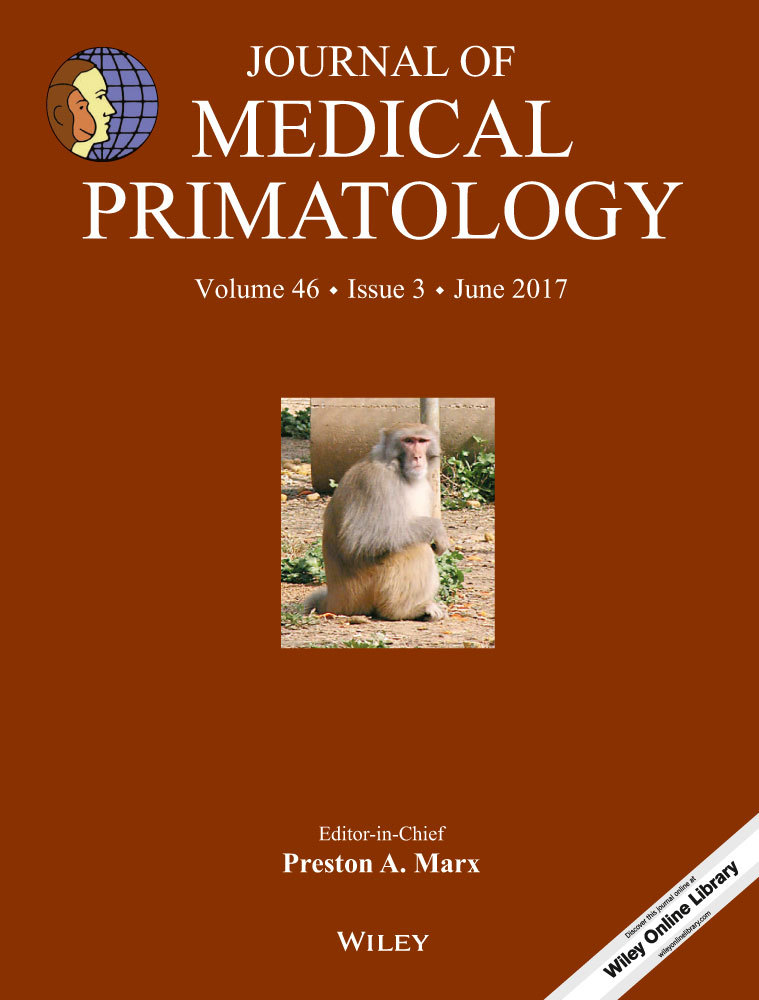Hypoxemia after single-shot anesthesia in common marmosets
Abstract
Background
It remains unknown how single-shot anesthesia influences physical parameters, especially respiratory function and blood oxygen level of common marmosets (Callithrix jacchus) which came to be used for laboratory research.
Methods
We measured blood oxygen levels, both before and after oxygenation, in 13 common marmosets under two single-shot anesthesia conditions: ketamine/xylazine/atropine and alphaxalone.
Results and Conclusions
We found that SpO2 values decreased to about 80% in the ketamine/xylazine/atropine protocol and fell just below 90% in the alphaxalone protocol. We observed a clear decrease in PaO2 values under the anesthetized condition compared to the awake condition. Our data indicate that single-shot anesthesia may cause hypoxemia in marmosets. Previous studies on other non-human primate have reported no SpO2 decrease and hypoxemia; thus, our experiment suggests that marmosets may have a more fragile respiratory system and require intensive veterinary care during anesthesia.




